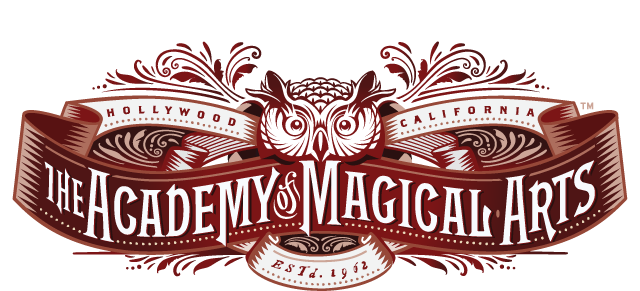Tickets are now on sale for our 2024 Awards Show!
CLICK HERE TO PURCHASEThe William W. Larsen Memorial Library

Signed Copy
Designing Miracles – Creating the Illusion of Impossibility
Author/Editor: Ortiz, Darwin
#96 of 100
w/ collector’s box
Foreword by Whit Haydn
Introduction
Magic as Craft
Designing the Effect
Chapter One – Picking the Best Method
Cleverness
Creativity
Difficulty
Efficiency
Whether It Fooled You
Novelty
The Trick with No Method
“It Doesn’t Matter”
Design
Chapter Two – The Magical Experience
The Magical Experience
Deception vs. Illusion
Puzzle vs. Miracle
Chapter Three – Causality
No Way
Making Causal Connections
The Design Bonus
Analytical Tools
Inner Reality vs. Outer Reality
Chapter Four – Temporal Distance
The Critical Interval
Case Studies
The Magician Mentality
Forward Time Displacement
Time Misdirection
Time Displacement and Acting
Time Displacement and Magic Gestures
Time Displacement Convincers
The Time Displacement Device
Case Study: Carlyle’s Homing Card
Forward Time Displacement Methodology
Double Time Displacement
Time Displacement and Presentation
Backward Time Displacement
Psychological Surrender
Case Study: Carlyle’s Homing Card
Case Study: Oral Hygiene
Backward Time Displacement Methodology
Backward Time Displacement and Intensity Misdirection
Time Displacement and Sleights
Where the Dirty Work Happens
Where the Move Happens
Chapter Five – Spatial Distance
Positioning Effect and Method in Space
Time and Space
Removing the Evidence
Secret Transfer
Shifting Location of Revelation
Isolation
Producing a Distant Duplicate
The Two-Out-of-Three Rule
The Vanish and the Production
Subverting the Timeline
Creating False Proximity
Chapter Six – Conceptual Distance
Physical Barriers
The Hole Container
Information Barriers
Case Study: The Trick That Can’t Be Explained
Information Barriers and Conservation
Creating Information Barriers
Case Study: Note Under Cup
The Veils Principle
Barriers to False Explanations
Eliminate Suspicion Before It Forms
Chapter Seven – The False Frame of Reference
The Straight and Narrow Path
The “Too Obvious” Theory
Method as Effect
The Method/Effect Shift
The Final False Solution
Frame of Reference and Kickers
The Crooked Path
Chapter Eight – Visual Magic
Defining Visual Magic
Visual vs. Mental Components
Laying the Groundwork
Strengthening Visual Magic
Momentary Delay
Time Displacement in Visual Magic
Conceptual Barriers in Visual Magic
Limitations of Visual Magic
Exploiting Visual Magic
As a Time Displacement Device
As a Validating Phase
As Part of a Visual/Covered Design
As Incidental Magic
Chapter Nine – Correlation: Making and Breaking Patterns
Conviction
Repetition
Elimination Pattern Clues
Method vs. Technique
Complete Time Displacement
Combining Different Methods
The Composite Perfect Method
Case Study: Carlyle’s Homing Card
The Rule of Three
Thematic Misdirection
Creating False Correlations
Chapter Ten – Manipulating Memory
The Fallacy of Deep Motivation
Telegraphing Motivation
Ruses
Incidental Actions
Accidental Actions
Extraneous Actions
Altering the Final Picture
Final Points
Afterword
Appendix One – Darwin’s Laws
Appendix Two – Glossary
